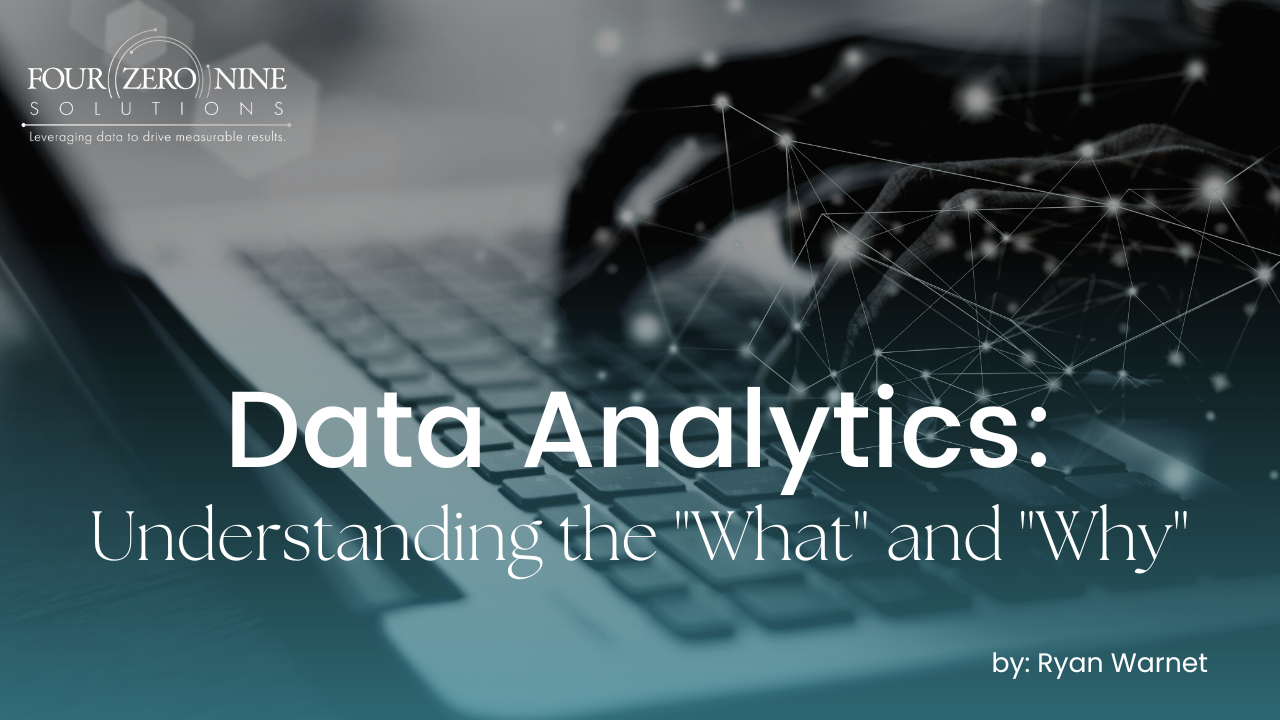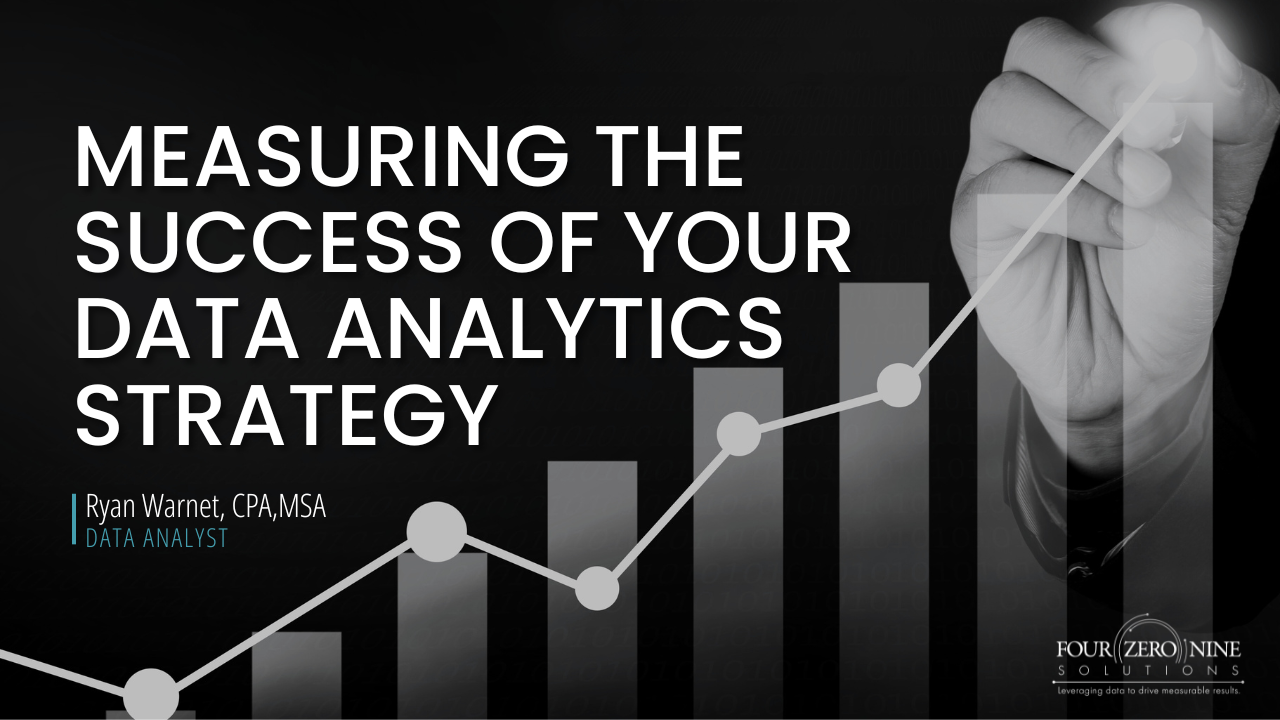
Data Analytics: Understanding the "What" and "Why"
By Ryan Warnet
On Febuary 13, 2023
Data Analytics is a comprehensive term that can easily be understood by clarifying the "what" and the "why". By definition, data analytics is the process of using data to make informed decisions and to solve problems. For businesses, it can lead to significant improvements, such as increased revenue, profits, reduced costs, and better customer satisfaction. Although many small businesses may think of data analytics as something only for larger companies, every business collects data that can be analyzed. This data can come form various sources, such as accounting software, CRM systems, social media, or spreadsheets.
The "what" of data analytics refers to what problem or challenge the business is trying to solve for (e.g. customer satisfaction, sales growth, marketing optimization, cost reduction). What data will be needed and what insights will be provided? This is where visualization plays a crucial role, helping to see trends and patterns.
The "why" of data analytics is the deeper understanding that comes from identifying the reasons behind these trends and patterns. Why is a certain outcome happening and what are some possible solutions that can be implemented? When a solution is successful, it's important to understand why it worked so that it can be replicated elsewhere. When it fails, it's equally important to understand why and make improvements.
To start using data analytics effectively, a business must become data-driven and be able to identify the most important data to track. Data-driven businesses are more likely to be successful because they are: a) asking the right questions (what) and b) gaining insights for solutions (why).
Data analytics provides unbiased facts and using them makes it possible to continuously improve and achieve goals.
You may also be interested in:






